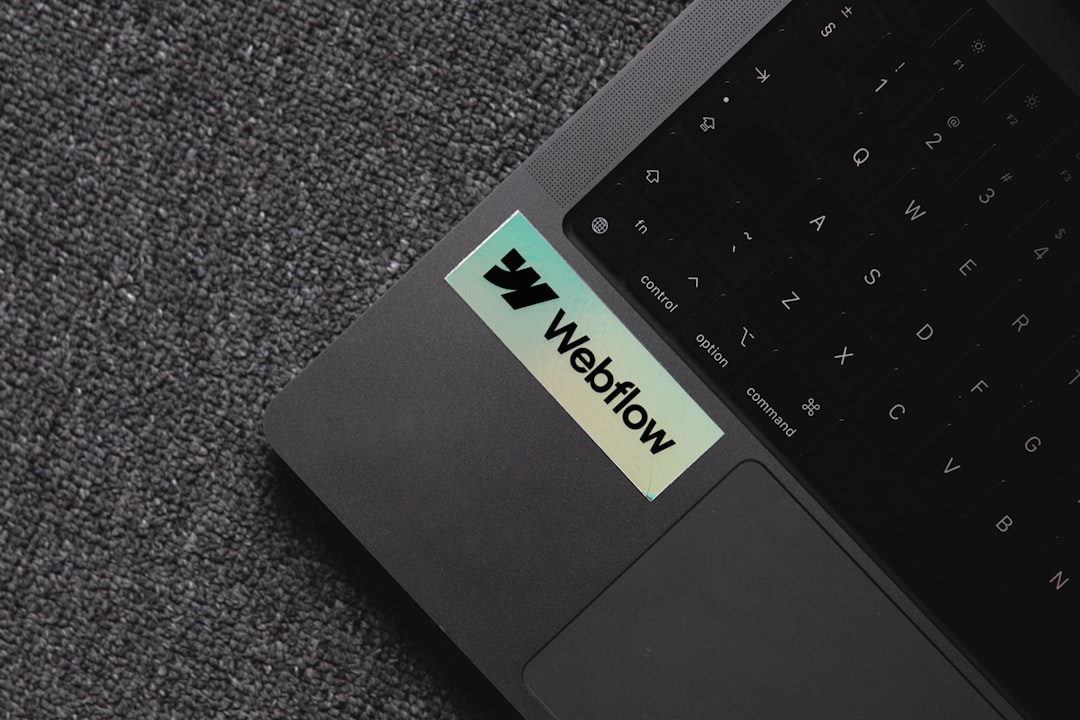Vid Automated – Create Videos with Automation and Picture
Are you tired of spending hours creating videos for your business? Look no further than Vid Automated! With our automation tool, powered by the Pictory.AI video creator platform, you can create professional-looking videos in a fraction of the time it takes to do it manually. Simply upload your video scripts in a zip folder, and let Vid Automated do the rest. You’ll be amazed at how quickly and easily you can create engaging video content that will help your business stand out from the competition. Save time and boost your video marketing efforts with Vid Automated today!
Table of Contents
- Introduction
- Understanding Video SEO and its Impact on YouTube’s Algorithm
- The Importance of Properly Embedding YouTube Videos for Optimization
- Cracking the Code: How to Navigate YouTube’s Search and Recommendation Algorithms
- Optimizing Video Content: Strategies for Enhancing Your YouTube Channel’s SEO
- Decoding YouTube’s Ranking System: Improving Viewer Retention and Engagement
- Enhancing YouTube Video Performance: Tips for Promoting and Advertising Your Content
- Mastering Keyword Analysis: The Key to Unlocking YouTube’s Search Rankings
- Boosting Visibility and Organic Traffic: Leveraging SEO Best Practices for Video Content
- Conclusion
- Frequently Asked Questions
Introduction
Have you ever wondered how long it takes for your YouTube video to hit the algorithm jackpot? The elusive code that dictates which videos go viral and which ones get lost in the endless sea of content can feel like a mystery waiting to be solved. In this article, we delve deep into the world of YouTube algorithms to uncover the secrets behind what makes a video truly stand out. From the importance of watch time to the impact of likes and comments, we explore the factors that can propel your video to the top of the algorithm’s rankings. So, buckle up and get ready to crack the code – you might just be surprised by what you discover!
Understanding Video SEO and its Impact on YouTube’s Algorithm
Understanding Video SEO (Search Engine Optimization) is crucial for creators looking to hit the YouTube algorithm and improve their visibility on the platform. Video SEO involves optimizing various elements of your video content to make it more discoverable by both users and search engines.
Key factors that impact YouTube’s algorithm include video title, description, tags, and most importantly, video content itself. Creating high-quality, engaging content that keeps viewers watching is essential for YouTube’s algorithm to recognize and promote your videos. Additionally, utilizing relevant keywords in your video title, description, and tags can improve the chances of your content being surfaced in search results.
Consistency in uploading, audience engagement through likes, comments, and shares, as well as proper thumbnail and metadata optimization, all play a role in affecting how long it takes to hit the YouTube algorithm. By focusing on Video SEO best practices and creating valuable content, creators can increase their chances of success on the platform.
The Importance of Properly Embedding YouTube Videos for Optimization
Properly embedding YouTube videos on your website can be crucial for optimization and increasing your online visibility. When you embed a YouTube video on your site, it not only enhances user engagement but also provides valuable content for visitors. Search engines like Google often prioritize websites that offer a variety of multimedia content, including videos. By embedding YouTube videos that are relevant to your content, you can improve the overall user experience and potentially increase your site’s ranking in search results.
Additionally, properly embedded YouTube videos can help drive traffic back to your YouTube channel, increasing your views, subscribers, and overall reach. It’s important to optimize the video title, description, and tags when embedding to ensure that it aligns with your overall SEO strategy. This can help attract a broader audience to your content and improve the chances of your video being recommended by YouTube’s algorithm.
Cracking the Code: How to Navigate YouTube’s Search and Recommendation Algorithms
Cracking the Code: How to Navigate YouTube’s Search and Recommendation Algorithms
YouTube’s search and recommendation algorithms are complex systems that determine which videos are shown to users. Understanding how these algorithms work can help content creators increase their visibility on the platform. To crack the code of YouTube’s algorithms, creators need to focus on several factors.
Firstly, creating high-quality and engaging content is essential. Videos that keep viewers watching for longer periods are favored by the algorithms. Additionally, using relevant keywords in video titles, descriptions, and tags can improve searchability.
Interacting with viewers through comments, likes, and shares also signals to the algorithms that the content is valuable and engaging.
Collaborating with other YouTubers and promoting videos on other platforms can also help boost visibility.
Overall, cracking the YouTube algorithm requires a strategic approach that combines quality content, SEO optimization, audience engagement, and promotion efforts.
Optimizing Video Content: Strategies for Enhancing Your YouTube Channel’s SEO
Optimizing your video content is crucial for enhancing your YouTube channel’s SEO and increasing visibility to hit the algorithm effectively. Here are some strategies to consider:
1. Keyword Research: Conduct thorough keyword research to understand what your target audience is searching for. Use relevant keywords in your video titles, descriptions, and tags.
2. Engaging Thumbnails: Create eye-catching thumbnails that accurately represent your video content. This can entice viewers to click on your videos.
3. Quality Content: Produce high-quality videos that are engaging, informative, and valuable to your audience. Keep viewers watching by delivering content that meets their expectations.
4. Optimize Metadata: Fill out all metadata fields, including title, description, tags, and categories, with relevant keywords and information about your video.
5. Promote Across Platforms: Share your videos on other social media platforms and websites to increase visibility and drive traffic to your YouTube channel.
Decoding YouTube’s Ranking System: Improving Viewer Retention and Engagement
Decoding YouTube’s ranking system involves understanding the importance of viewer retention and engagement. YouTube’s algorithm takes into account various factors to determine the ranking of videos in search results and recommended feeds.
One key metric is viewer retention, which measures how long viewers stay engaged with a video. High viewer retention indicates that the content is engaging and valuable to the audience. To improve viewer retention, creators should focus on creating compelling content from the start, maintaining viewer interest throughout the video, and delivering on the promise made in the title and thumbnail.
Another crucial factor is user engagement, which includes likes, comments, shares, and subscriptions. High engagement signals to the algorithm that the video is resonating with viewers and encourages more visibility. Creators can boost engagement by encouraging viewers to interact through calls to action, responding to comments, and fostering a sense of community around their content.
By prioritizing viewer retention and engagement, creators can increase their chances of hitting the YouTube algorithm and reaching a wider audience.
Enhancing YouTube Video Performance: Tips for Promoting and Advertising Your Content
Enhancing your YouTube video performance involves strategies to promote and advertise your content effectively. One key tip is to optimize your video title, description, and tags with relevant keywords to improve discoverability. Crafting engaging thumbnails and creating appealing video content that captures viewers’ attention from the start can also enhance performance.
Utilizing YouTube features like creating playlists, adding end screens with call-to-action buttons, and engaging with your audience through comments and community posts can further promote your content. Collaborating with other creators, participating in YouTube trends or challenges, and sharing your videos on social media platforms can also help increase visibility and engagement.
Investing in YouTube ads, such as TrueView ads or display ads, can boost your video’s reach to a targeted audience. Monitoring your video analytics and adjusting your content strategy based on viewer preferences and trends can continuously improve your video performance on YouTube.
Mastering Keyword Analysis: The Key to Unlocking YouTube’s Search Rankings
Mastering keyword analysis is the key to unlocking YouTube’s search rankings and increasing your chances of hitting the algorithm. When users search for content on YouTube, the platform relies heavily on keywords to understand what the video is about and to match it with relevant search queries. By conducting thorough keyword research, you can identify the terms and phrases that are most relevant to your content and have high search volumes.
Using tools like Google Keyword Planner, SEMrush, or YouTube’s own search suggest feature can help you discover keywords that are frequently searched for in your niche. Once you have compiled a list of relevant keywords, strategically incorporating them into your video titles, descriptions, tags, and even the video itself can improve your chances of ranking higher in search results.
Continuous analysis of keyword performance and adapting your strategy based on the data can help you stay ahead of the competition and increase your visibility on YouTube. Remember, the more effectively you utilize keywords, the better your chances are of hitting the YouTube algorithm and reaching a wider audience.
Boosting Visibility and Organic Traffic: Leveraging SEO Best Practices for Video Content
Boosting visibility and organic traffic for video content on YouTube involves leveraging SEO best practices to enhance the discoverability and ranking of your videos. One key aspect is conducting keyword research to identify relevant and high-volume search terms that your target audience is using. By incorporating these keywords naturally into your video titles, descriptions, and tags, you can increase the chances of your content being surfaced in search results.
Additionally, optimizing your video metadata, such as thumbnails, subtitles, and closed captions, can further improve accessibility and user engagement. Engaging viewers with compelling and informative content from the outset can lead to higher watch times and audience retention, signaling to YouTube’s algorithm that your videos are valuable and deserving of promotion.
Utilizing end screens, cards, and playlists can encourage viewers to explore more of your content, increasing overall watch time and session duration. Collaborating with other creators or engaging with your audience through comments and community posts can also foster a sense of community around your channel, driving repeat views and subscriber growth.
Conclusion
Supercharge your YouTube channel’s visibility with YTRankBoost! Embed your videos on hundreds of websites and web 2.0 properties effortlessly. Take your content to new heights and reach a wider audience now. Don’t miss out on this opportunity to boost your rankings and increase organic traffic. Purchase YTRankBoost today and watch your channel soar to success!
Click here to supercharge your YouTube channel with YTRankBoost!














